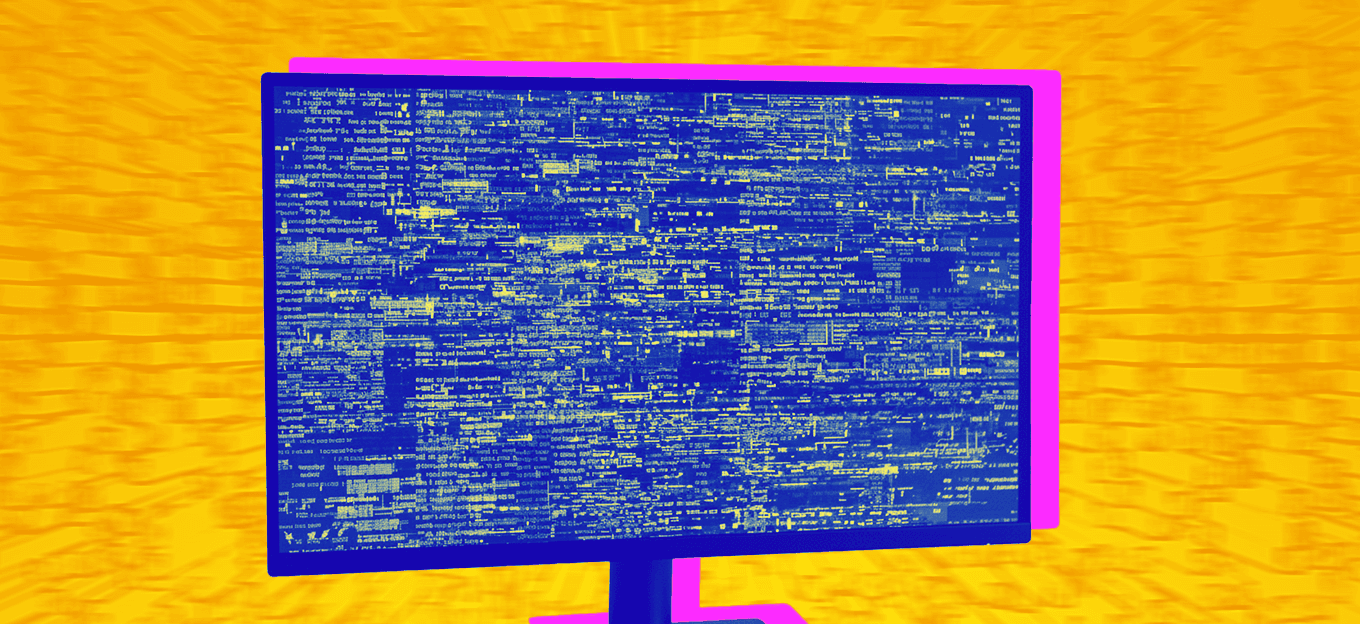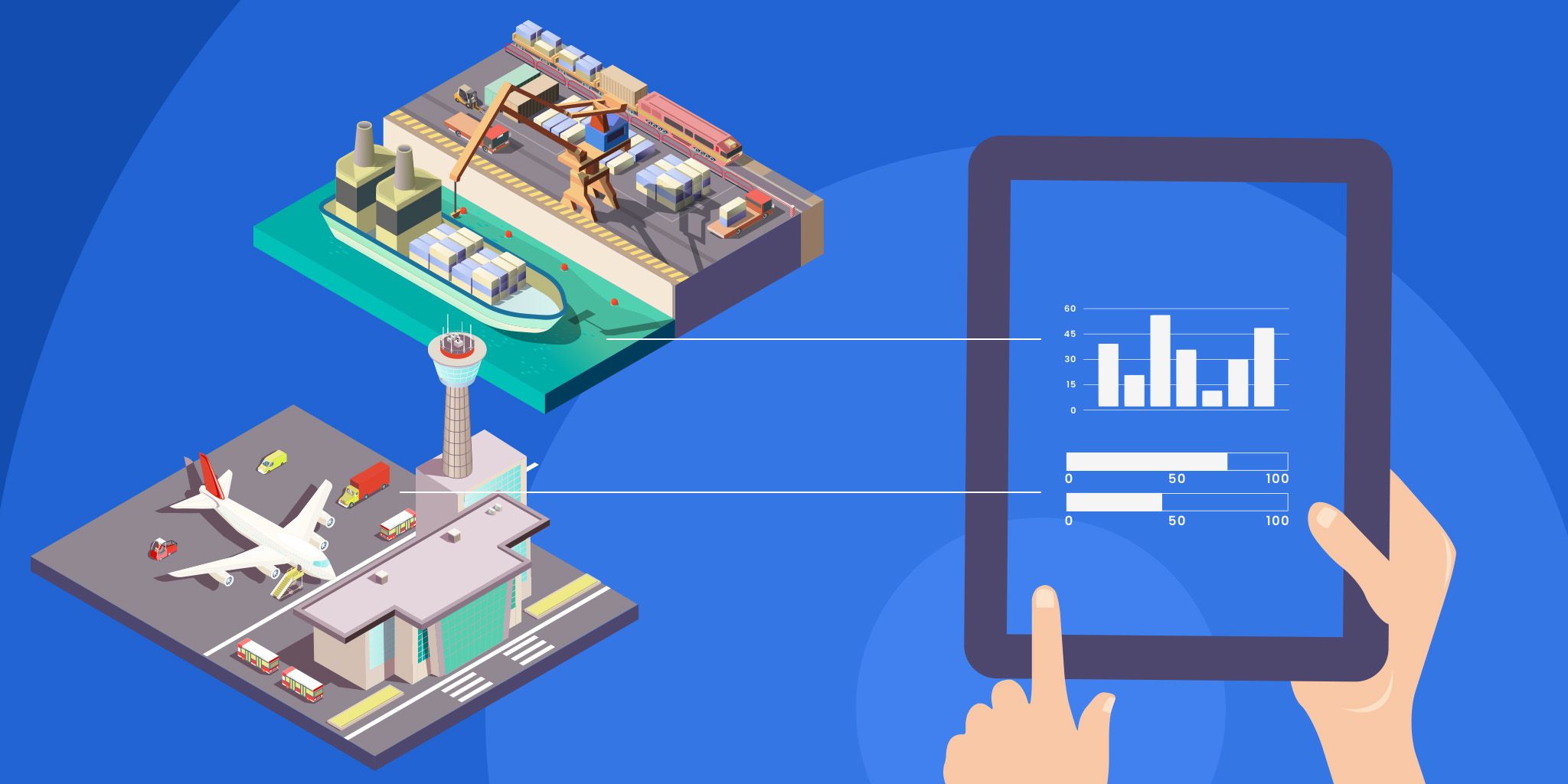Future-Proofing IIoT: How Open Hardware Standards Protect Against Obsolescence
Future-Proofing IIoT: How Open Hardware Standards Protect Against Obsolescence
- Last Updated: December 2, 2024
PICMG
- Last Updated: December 2, 2024



The rollout of industrial IoT hasn’t quite escaped its Wild West phase. We have islands of functionality, but we haven’t agreed on a single, shared paradigm yet. Now’s the time to converge around common technologies that will allow IIoT to flourish no matter how the field advances. That project starts with open IIoT standards.
Common standards are the key to interoperable IIoT solutions, IT/OT convergence, and a flexible architecture that can adapt to whatever comes next. The good news is that many of these open standards are here today, freely available to all. The bad news is that IIoT integrators might not know about them—yet.
In this series, we’ll explore the role of open standards in future-proofing IIoT. This first post will discuss a serious risk to today’s IIoT investments—the threat of obsolescence—with a particular focus on open hardware standards. After all, if data can’t escape the sensor, the IIoT process never gets rolling.
Later posts in this series will introduce new IIoT data models and go deeper into open hardware standards.
For now, though, here’s how open hardware standards ensure the systems you build today will continue delivering value far into the future.
Exploring the Causes of Obsolescence in IIoT Tech Stacks
At this stage, many IIoT solutions come from a single vendor. The proprietary model certainly has its benefits. Vendors test and debug their systems, so you know they’ll work. Even better, you can get help if things go wrong.
But when a single corporate entity owns your entire tech stack, you’re vulnerable to a few common causes of tech obsolescence. For example:
- Highly tuned proprietary systems are hard to maintain or change. Industrial IoT systems often rely on precise measurements and unique configurations to fit highly particular use cases. With a single vendor, sometimes just one or two people on the planet know how to correct your sensors as they drift—or even keep your firmware up to date. When the vendor moves on to other interests, the clock starts ticking on your IIoT implementation.
- Solution providers may stop supporting your systems. Original equipment manufacturers might stop updating a key component in your IIoT tech stack. System integrators may withdraw support for sensors or software. In short, every proprietary product is vulnerable to sunsetting.
- Vendor lock-in can prevent you from accessing vital new third-party technologies. As AI and related technologies continue to mature, no one can guess the analytics that will become business-critical for your operation. Perhaps the greatest risk of a closed IIoT tech stack is the inability to integrate third-party technologies—some of which may be necessary for the better yields or higher qualities you’ll need to compete in tomorrow’s market.
So how do you protect your IIoT investment against these and other causes of obsolescence?
The solution is, in a word, interoperability.
Open IIoT Hardware Standards for Obsolescence Management
The ideal IIoT scenario is a common market of interoperable, plug-and-play components. An ecosystem like that would allow you to easily mix and match technologies within your tech stack—so you can get the benefits of IIoT without starting over from scratch every time a vendor makes a change.
Open standards are a core requirement for bringing this vision of interoperability to life from the first stages of an IIoT operation. In the prototypical IIoT system, a sensor generates data. To move that data up the stack, you must connect the sensor to communications and/or computing equipment, whether that’s an edge server, a controller, or a control gateway.
Open hardware standards ensure devices remain interoperable at this first link, regardless of the manufacturer or the use case. With the open standards that are available today, systems engineers can buy or build standardized modules that connect last-foot devices like sensors—and even convert non-IP-enabled legacy sensors into IoT-enabled products (though that’s another story).
Examples of Open IIoT Hardware Standards
Open hardware standards cover many use cases in IIoT. For example, when an IIoT system needs a computer-on-module (COM) device with a tiny form factor, COM Express or COM-HPC specifications can help connect last-foot devices to computing hardware. These standards support the ability to use off-the-shelf modules with custom carrier boards, and they save engineers the trouble of figuring out high-speed interfacing and signal integrity.
To build a switched fabric computer system for IIoT, many engineers—including those at high-energy physics labs and particle accelerators like CERN, DESY, KEK, and others—use Micro Telecommunications Computing Architecture (MicroTCA) specifications in conjunction with Advanced Mezzanine Cards (AMCs) for hardware input/output functions. MicroTCA standards support modular systems architecture principles that enable multi-vendor interoperability and protect IIoT infrastructure investments. The standards also include configurations for hot-swapping and power budgeting.
These are just two of the many open hardware standards available for IIoT architectures, and such specifications will continue to develop alongside IIoT capabilities. If we all agree to use common standards like these, we can start managing obsolescence in IIoT systems today—and protect IIoT investments from the very start.
The Most Comprehensive IoT Newsletter for Enterprises
Showcasing the highest-quality content, resources, news, and insights from the world of the Internet of Things. Subscribe to remain informed and up-to-date.
New Podcast Episode

Moving Past the Pilot Phase in IoT and AI
Related Articles





